This article was medically reviewed by Luba Lee, FNP-BC, MS. Luba Lee, FNP-BC is a Board-Certified Family Nurse Practitioner (FNP) and educator in Tennessee with over a decade of clinical experience. Luba has certifications in Pediatric Advanced Life Support (PALS), Emergency Medicine, Advanced Cardiac Life Support (ACLS), Team Building, and Critical Care Nursing. She received her Master of Science in Nursing (MSN) from the University of Tennessee in 2006.
There are 13 references cited in this article, which can be found at the bottom of the page.
This article has been viewed 106,805 times.
A swollen eyelid can have a number of causes. The swelling occurs because of excess fluid in the tissues that surround either the upper or lower eyelid. It can be the result of an allergic reaction to pollen, cosmetics, or pet dander, an eye infection like blepharitis or a stye, or an eye injury, such as a black eye. Swelling of the eyelid can cause irritation, sensitivity to light, and obstructed vision. Depending on the cause of the swelling, you can treat your eye condition at home to reduce symptoms.[1]
Steps
Alleviating a Swollen Eyelid Due to Allergies
-
1Put a cold, damp cloth on the eye for 10 minutes twice a day. Get a small cloth, wet it with cold water, and squeeze it out until it is damp. Place this over the affected eye for about 5-10 minutes twice daily. The cold sensation will soothe your eye and help to reduce swelling.[2]
- You can also wrap ice in a cloth or paper towel and put it on your swollen eyelid. Do not apply ice directly to the skin. It can cause frostbite and damaged skin tissues.
- If you know an irritant is causing your swollen eyelid, you may want to add petroleum jelly to the damp cloth before you apply it.[3]
-
2Use an antihistamine eye drop 4 times a day until swelling is gone. Histamine is a chemical released by the cells in response to an allergy, which triggers inflammatory reactions. An over-the-counter antihistamine, such as Visine-A or Zaditor, will block histamines in your body and quickly ease symptoms.[4]
- Relief from antihistamine eye drops may only last a few hours. When taking these medications, be sure to follow instructions carefully. Most of these eye drops will need to be taken several times a day.
- Consider eye drops that are preservative-free. Some people are sensitive or even allergic to preservatives found in eye drops.[5]
- Your doctor may be able to prescribe a prescription ointment or cream to relieve swelling due to an allergy. For example, desonide 0.05% cream or alclometasone dipropionate 0.05% cream may be applied twice daily for 5-10 days, as prescribed by your doctor.[6]
Advertisement -
3Take an over-the-counter oral allergy medication as directed until symptoms subside. Antihistamine pills can also work to further relieve symptoms of allergies. Some popular allergy medications include Zyrtec, Benadryl, Allegra, and Claritin. Use caution, as some of these medications can cause drowsiness.[7]
- Ask your pharmacist if it is okay to use these medications with other drugs. You want to make sure they do not interact with anything else you are taking and cause serious side effects.
- If over the counter medication doesn't work to relieve your symptoms, your doctor may suggest prescription-strength allergy medications. Some of the strongest oral antihistamines include Clarinex and Xyzal.
Healing an Infected and Swollen Eyelid
-
1Visit your doctor if you suspect an infection. If your eyelid swelling is the result of an infection, it is important to see a doctor for accurate diagnosis and treatment. Signs of an eye infection include pain, discomfort, tenderness, itchiness, light sensitivity, yellow or green discharge, and crust forming around the lashes and lid. Depending on the cause of swelling, your doctor may prescribe steroid eye drops, ointments, or anti-inflammatory drugs to help resolve the condition quickly.[8]
- Some common types of eye infections include blepharitis (eyelid inflammation), conjunctivitis (pink eye), and keratitis (infection of the cornea). If your doctor suspects that you have one of these serious eye infections, they may refer you to an optometrist.
- Always follow your doctor’s instructions when taking any prescription medications.
-
2Wash the affected eyelid with warm water. When your eyelid is swollen as a result of an infection, it is important to clean it to get rid of bacteria and irritants. You can use diluted baby shampoo to wash your eye, as it is safe and very gentle. To do this, pour some warm water in a small bowl and add a few drops of baby shampoo. Then, dip a clean washcloth in the mixture and use it to gently scrub the affected area. When you're done, rinse with warm water.[9]
- Always be very gentle when cleaning the eyelid. Rubbing too hard may make the condition worse.
- You can also use an over-the-counter eyelid cleanser with a cotton swab to gently rub your eyelashes and affected lid.[10]
-
3Apply a warm compress for 10 minutes 4 times a day. A warm compress can add moisture, drain clogged oils, relieve pain, and relax muscle spasms. Overall, it can be very soothing and make your eye feel better immediately. Apply the warm compress for at least 10 minutes 2-4 times a day. You can either make a warm compress at home or buy one at your local drug store.[11]
- Always wash your eyelid again after each time you use the warm compress. Remember to always use a clean cloth.
- To make a warm compress, fill a bowl with warm water, making sure it is not too hot. You'll know it's too hot if it is uncomfortable or painful to the touch. Take a clean washcloth and submerge it completely in the water. Then, wring it out until it is just damp. Fold it, put it over your affected eye, and leave it on for several minutes. When the washcloth gets cold, repeat this process with a new, clean washcloth and bowl of warm water.
Treating an Eye Injury
-
1Apply a cold compress to the eyelid every hour for the first 48 hours. If your eyelid swelling is caused by trauma such as a black eye, the first thing you should do is put something cold on the area. This will immediately soothe any pain and reduce inflammation. A bag of frozen peas wrapped in a paper towel is a good compress because the bag will conform to your face. Apply the cold compress for 15 to 20 minutes at a time every hour.[12]
- If you use ice or frozen peas, make sure you wrap it in a cloth or paper towel. If you apply ice directly on the skin, it can cause frostbite or damaged skin tissues.
- You can also use a cold spoon to put on the eye. Just put a metal spoon in your refrigerator for about 10-15 minutes, and then gently apply the back of the spoon to the bruised eyelid.
- Never put frozen raw meat on an injury, as this may cause an infection.
-
2Take an over-the-counter painkiller if the pain is severe. If you have an eye injury, take an oral anti-inflammatory or pain killer to immediately relieve pain and reduce inflammation. Some popular medications include ibuprofen (Advil), Tylenol, and Motrin.[13]
- Avoid taking Advil if you have a black eye. It is a blood thinner, so it may make bruising worse.
-
3Use a warm compress on the affected eye after 2 days. After about 48 hours of using the cold compress, it’s time to switch to moist heat. Warmth on the eyelid will increase blood flow and facilitate healing. You can use a warm washcloth as a warm compress, or purchase one at the drugstore.[14]
- Use the warm compress or washcloth for about 10 minutes, 4 times a day.
- Make sure the water you use for the warm compress isn’t too hot. This could burn the skin around your eye. You'll know it's too hot if it is painful to the touch.
-
4Massage the area surrounding the bruise with your fingers daily. Gently massage the area around the swelling and bruising by moving your thumb or index finger in a circular motion. This will help to reduce swelling and speed up the healing process.[15]
- Always make sure your hands are clean before touching the affected area.
-
5See a doctor for severe eye trauma. Even if you have a minor black eye, it is important to see a doctor to ensure there is no internal eye damage. You should also contact your doctor if you have any of the following problems associated with your swelling: fever, blurred or double vision, trouble breathing through your nose, bleeding from the eye, or severe eye pain.[16]
Warnings
- Although most causes of swollen eyelids can be treated at home, some conditions require immediate medical treatment. For example, orbital cellulitis can become serious quickly. Since only your doctor can provide a proper diagnosis, it's best to see your doctor to make sure you know what's causing your symptoms.[17]⧼thumbs_response⧽
- Swollen eyelid can be caused by herpes zoster ophthalmicus, which is a common condition. If you have this virus, you may also notice fever, fatigue, rash, crusting, and small cysts around your eyes. This condition requires an antiviral treatment, so you need to see your doctor.[18]⧼thumbs_response⧽
- If the home remedies do not work, or you start to feel pain in your eye, seek medical attention immediately.[19]⧼thumbs_response⧽
- Do not put in contact lenses until swelling is completely healed.[20]⧼thumbs_response⧽
- Avoid wearing any makeup, such as mascara or blush, around the eye area while it is swollen. [21]⧼thumbs_response⧽
- If you have a swollen eyelid, avoid rubbing your eye at all costs. This will only further aggravate the condition.[22]⧼thumbs_response⧽
References
- ↑ https://www.eyehealthweb.com/swollen-eyelid/
- ↑ https://www.eyehealthweb.com/swollen-eyelid/
- ↑ https://www.aafp.org/afp/2007/1215/p1815.html
- ↑ https://www.mayoclinic.org/diseases-conditions/allergies/in-depth/allergy-medications/art-20047403
- ↑ https://www.reviewofophthalmology.com/article/the-pros-and-cons-of-preservatives
- ↑ https://www.aafp.org/afp/2007/1215/p1815.html
- ↑ https://www.mayoclinic.org/diseases-conditions/allergies/in-depth/allergy-medications/art-20047403
- ↑ https://myhealth.alberta.ca/Health/Pages/conditions.aspx?hwid=sig57269&
- ↑ https://www.mayoclinic.org/diseases-conditions/blepharitis/diagnosis-treatment/drc-20370148
- ↑ https://www.allaboutvision.com/conditions/blepharitis.htm
- ↑ https://www.mayoclinic.org/diseases-conditions/blepharitis/diagnosis-treatment/drc-20370148
- ↑ https://www.ceenta.com/news-blog/what-you-need-to-know-about-swollen-eyelids
- ↑ https://www.allaboutvision.com/conditions/black-eye.htm
- ↑ https://myhealth.alberta.ca/Health/aftercareinformation/pages/conditions.aspx?hwid=ut2150
- ↑ https://www.allaboutvision.com/conditions/black-eye.htm
- ↑ https://myhealth.alberta.ca/Health/aftercareinformation/pages/conditions.aspx?hwid=ut2150
- ↑ https://www.aafp.org/afp/2007/1215/p1815.html
- ↑ https://www.aafp.org/afp/2007/1215/p1815.html
- ↑ https://www.allaboutvision.com/conditions/swollen-eyelids.htm
- ↑ https://www.verywellhealth.com/what-is-an-eye-stye-symptoms-treatment-3422082
- ↑ https://www.eyehealthweb.com/swollen-eyelid/
- ↑ https://www.eyehealthweb.com/swollen-eyelid/
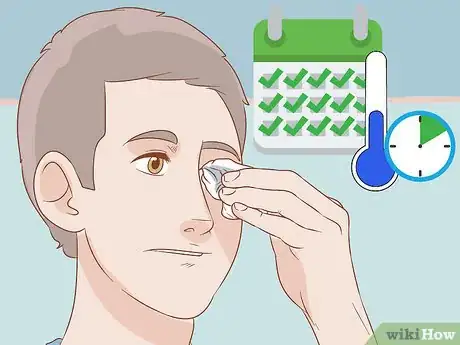

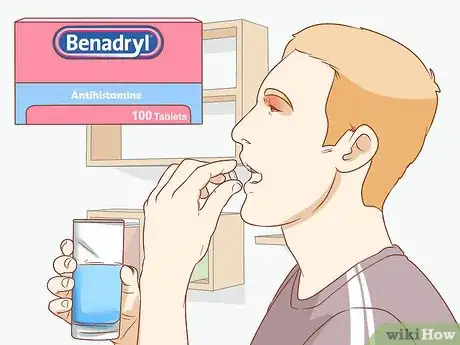
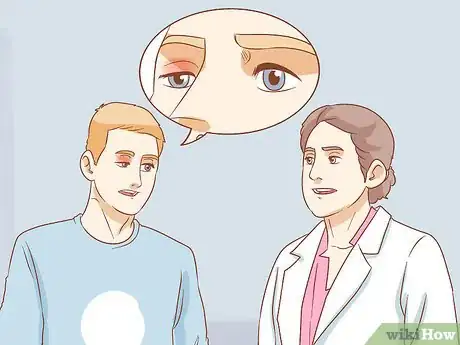
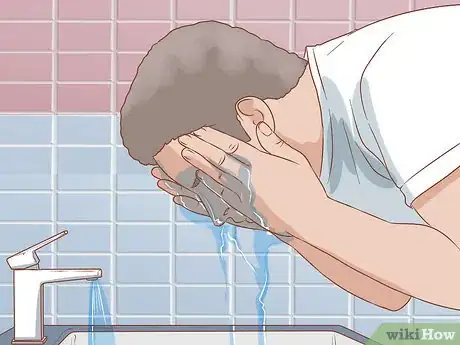
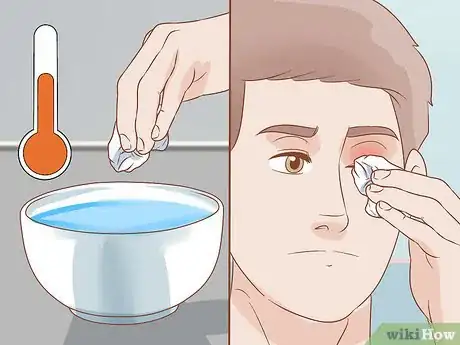

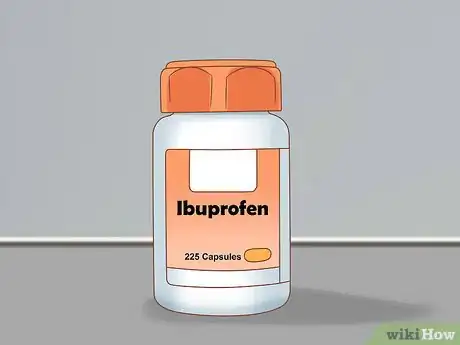
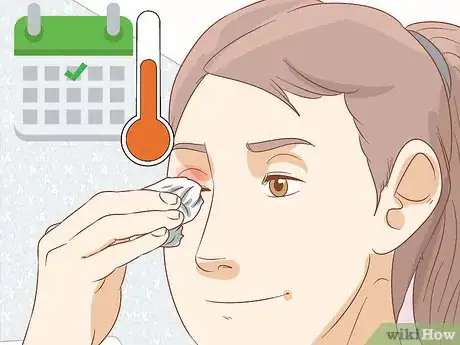
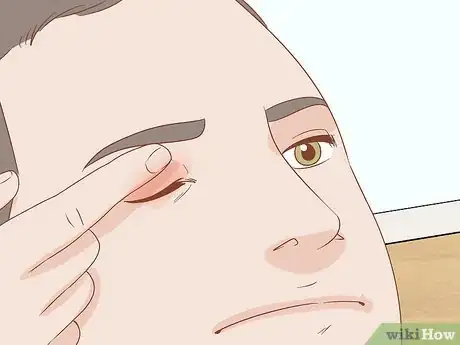
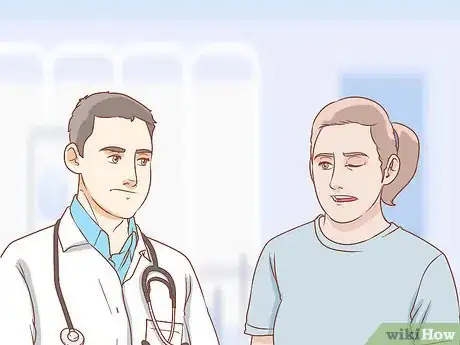
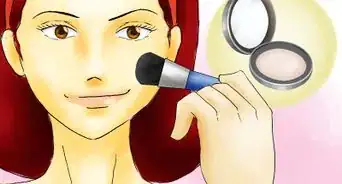
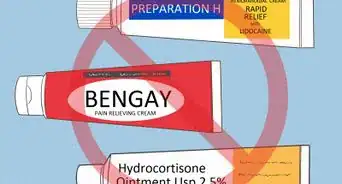
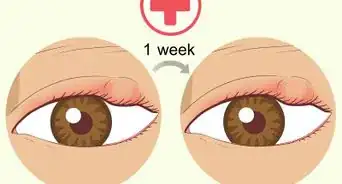



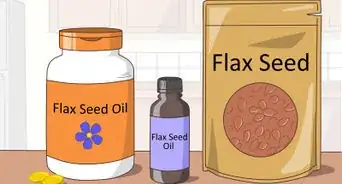
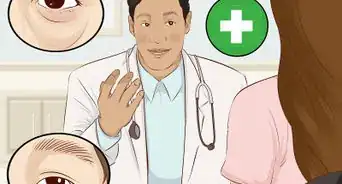

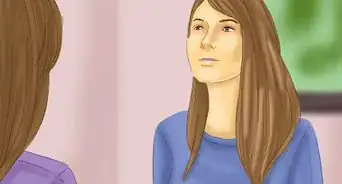










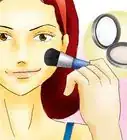
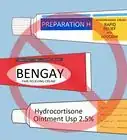
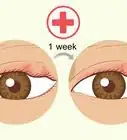



































Medical Disclaimer
The content of this article is not intended to be a substitute for professional medical advice, examination, diagnosis, or treatment. You should always contact your doctor or other qualified healthcare professional before starting, changing, or stopping any kind of health treatment.
Read More...